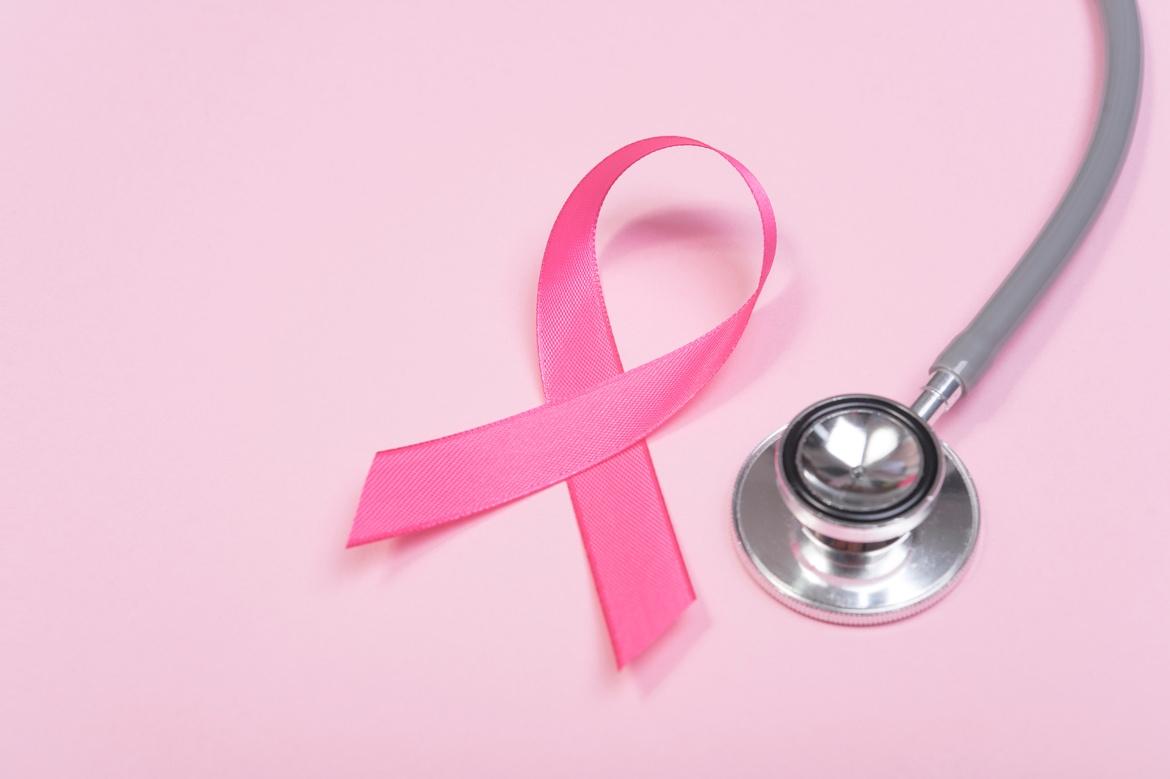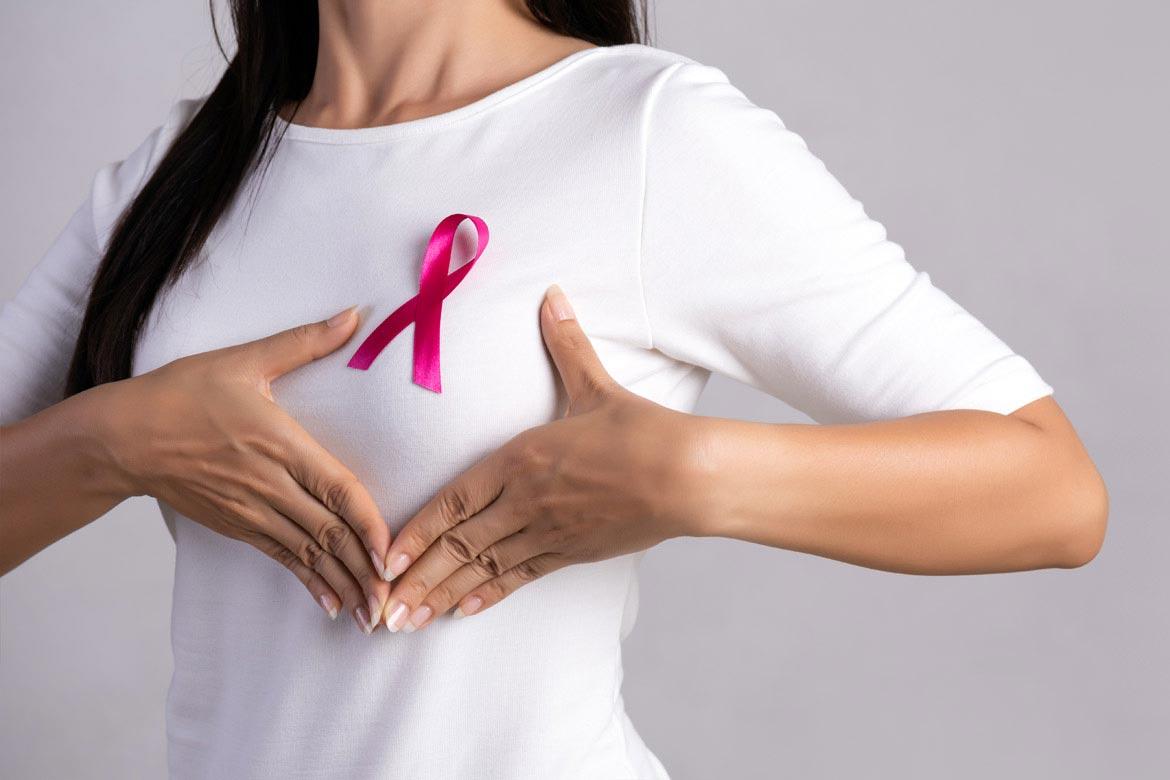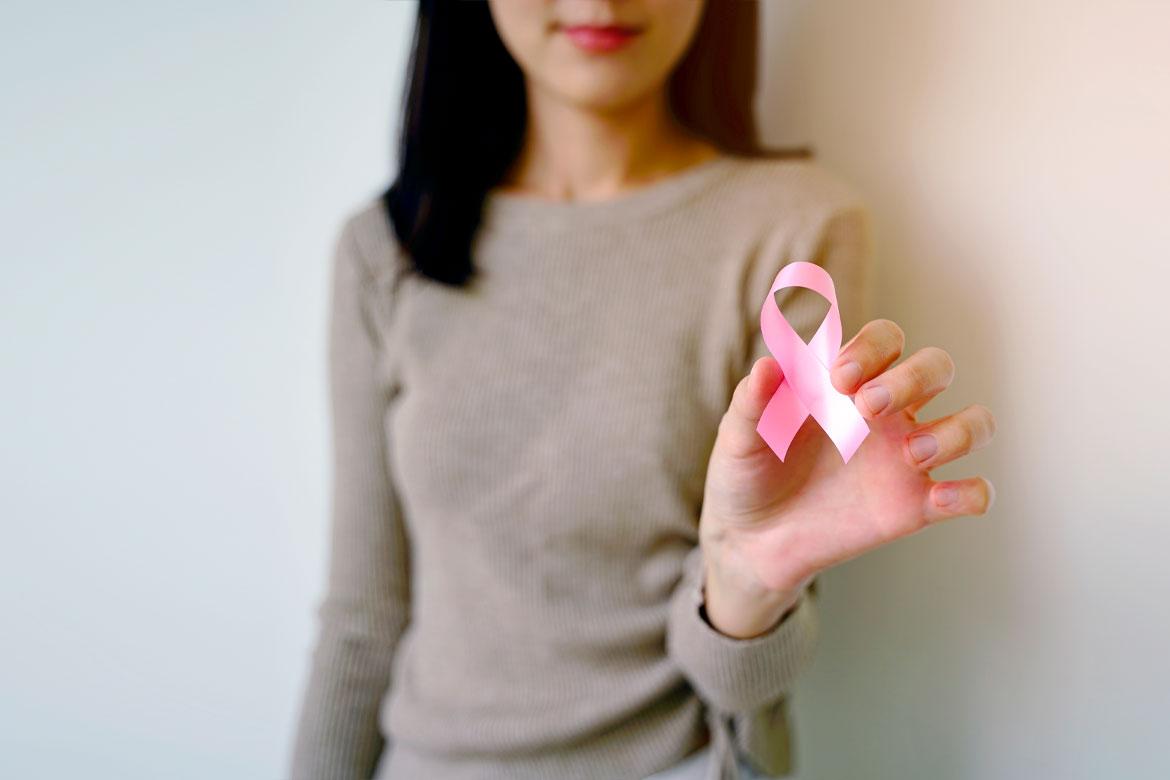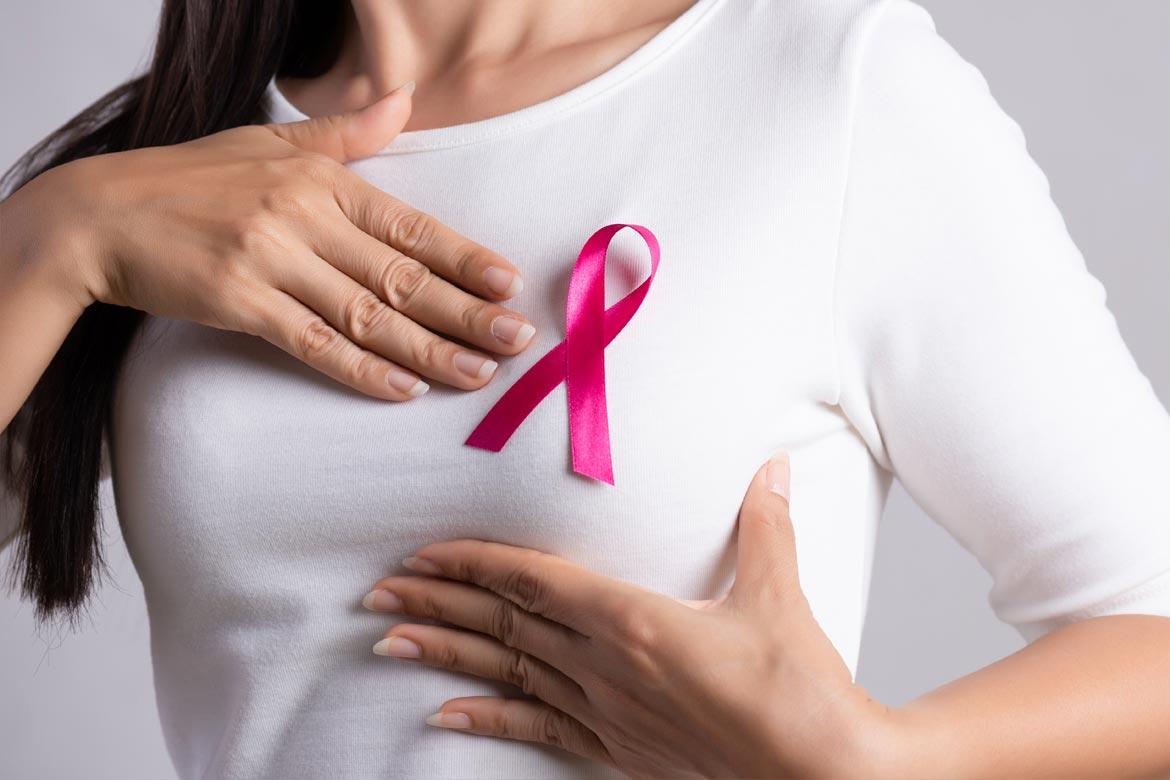What is a mammogram?
A mammogram is a screening tool that uses a special machine to take X-ray images of the breast. It can detect:
- Cancerous tumours that cannot be felt by hand
- Lumps in the breast that are not yet cancerous, but may grow into cancerous tumours.
The mammogram is currently one of the most reliable screening tools for breast cancer. Regular mammograms can help to detect breast cancer early, thus allowing for early treatment.
Types of mammograms
In general, there are 2 types of mammograms:
Standard mammogram
This examination takes 2 standard X-ray images of each breast — one from the top-down and another from the side.
3D mammography (tomosynthesis)
3D mammography or tomosynthesis uses low-dose X-rays to take multiple thin layers of breast images, and these images can be reconstructed in 3D images.
If you have dense breast tissue, 3D mammography can help to identify breast lesions which cannot be visualised via a standard mammogram.
You should consult your doctor to determine the type of mammogram most suitable for your needs.
When do you need a mammogram?
If you are 40 – 49 years old, you should go for regular mammogram screenings once a year, as recommended by the Ministry of Health in Singapore. If you are 50 years old or above, you should go for mammogram screenings once every 2 years.
In particular, you should go for a mammogram if you:
- Notice a lump in your breast
- Suspect that you may have breast cancer*
- Have a family history of breast cancer
Regular mammograms can help you to detect medical conditions such as breast cancer early before they progressively worsen. Early detection can greatly improve your treatment options and recovery rates.
*You should consult a doctor before arranging for a mammogram.
Who should not undergo a mammogram?
You should not undergo a mammogram screening if you are:
- Pregnant
- Under 40 years old
- Breastfeeding – wait until after 6 months from your last feed
If you have breast implants, you will need to seek further advice from your doctor.
What are the risks and complications of a mammogram?
Mammogram screening is a routine screening with very low risks. However, some risks or complications may still arise, such as:
- Exposure to low levels of radiation
- Temporary pain or discomfort during the examination
- False-positive or false-negative results
How do you prepare for a mammogram?
The best time to schedule a mammogram is 1 week after the start of your menstruation. Pre-menstrual symptoms such as breast tenderness can make the experience more uncomfortable.
On the day of your mammogram, you should:
- Bring along any previous mammogram reports
- Avoid applying any deodorant, lotions or skin products on your breasts, necks or underarms
- Wear a comfortable two-piece outfit, as you will need to remove your top piece for the examination
What can you expect during a mammogram?
The examination will be performed by a female radiographer in the mammography room. She will explain to you briefly about the examination and you will be asked to complete a questionnaire.
Estimated duration
A mammogram screening usually takes between 20 – 30 minutes.
Before the examination
You will be asked to:
- Undress from above the waist
- Change into a gown and wear it until the test begins
During the examination
Your breasts will be placed between 2 flat plates and compressed for a few seconds, one breast at a time. Let the radiographer know if you experience any abnormal pain or discomfort.
After the examination
You will receive a report with your mammogram images within 2 – 3 working days.
If you receive a normal result, you should:
- Conduct breast self-examinations every month, preferably a week after the last menstrual period started.
- Schedule another mammogram within 1 – 2 years.
If your result indicates that further assessment is required, you should arrange for a follow-up assessment where your doctor may:
- Order another mammogram for additional views of the breast
- Conduct a breast ultrasound
- Perform a biopsy to obtain a tissue sample for further analysis
Care and recovery after a mammogram
There is no special after care required after the examination, and you may resume your daily activities normally.










